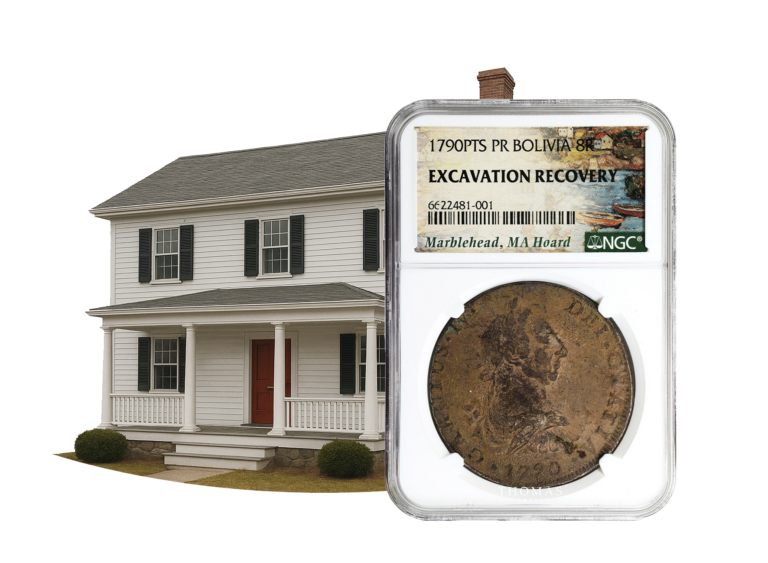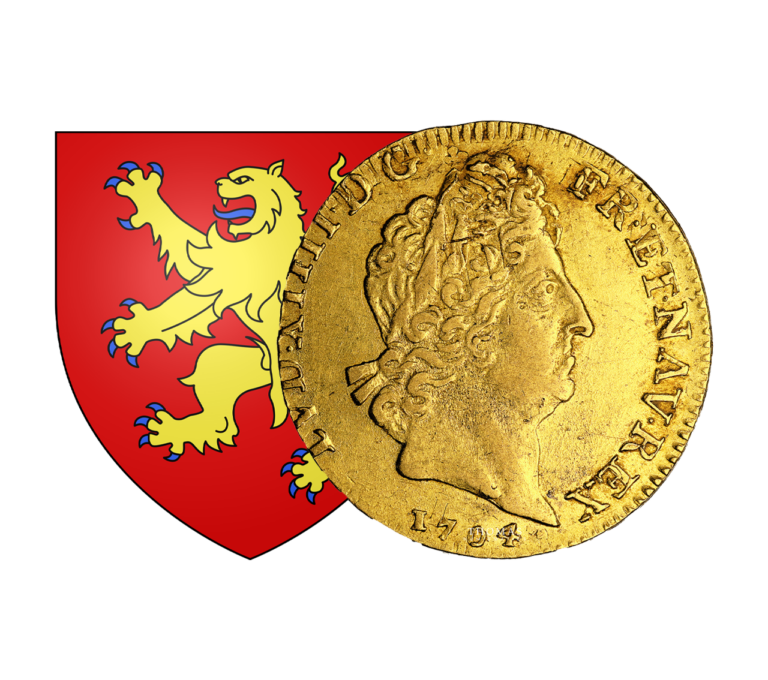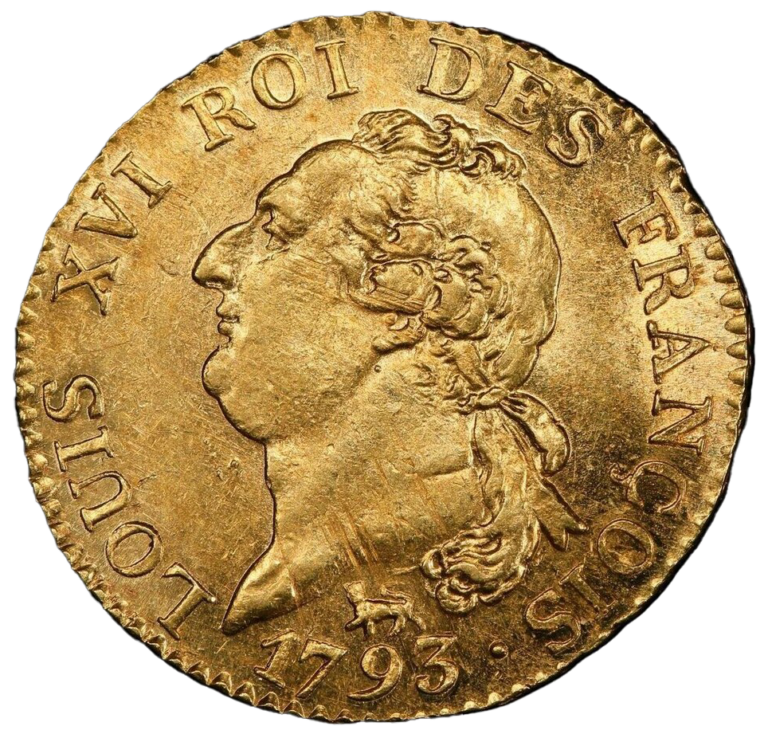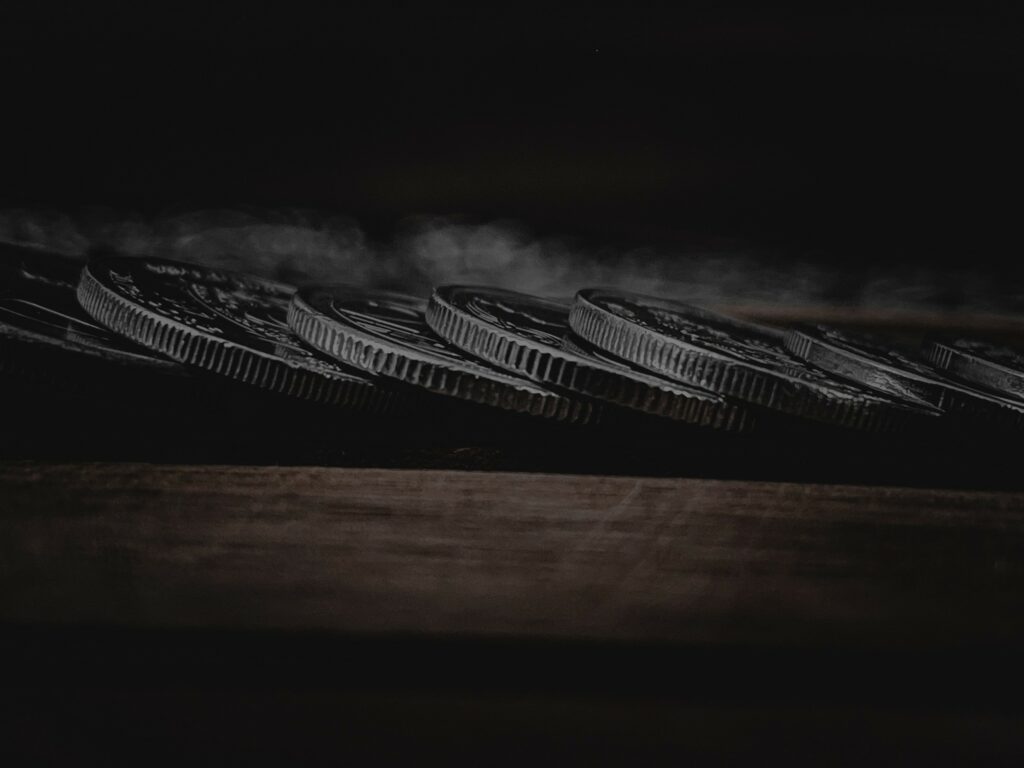
Discover all the news and articles from TNUMIS Magazine exclusively
Gold Sovereign: A british coin
The Gold Sovereign is an iconic coin of the United Kingdom; a symbol of English political power that has spanned over 500 years of history. The coin has been minted in the effigy of the reigning monarch, from Henry VII, its creator, to Queen Elizabeth II. This long history has contributed to its international recognition and notoriety in the world of numismatics. Let’s go into the history of the Sovereign.
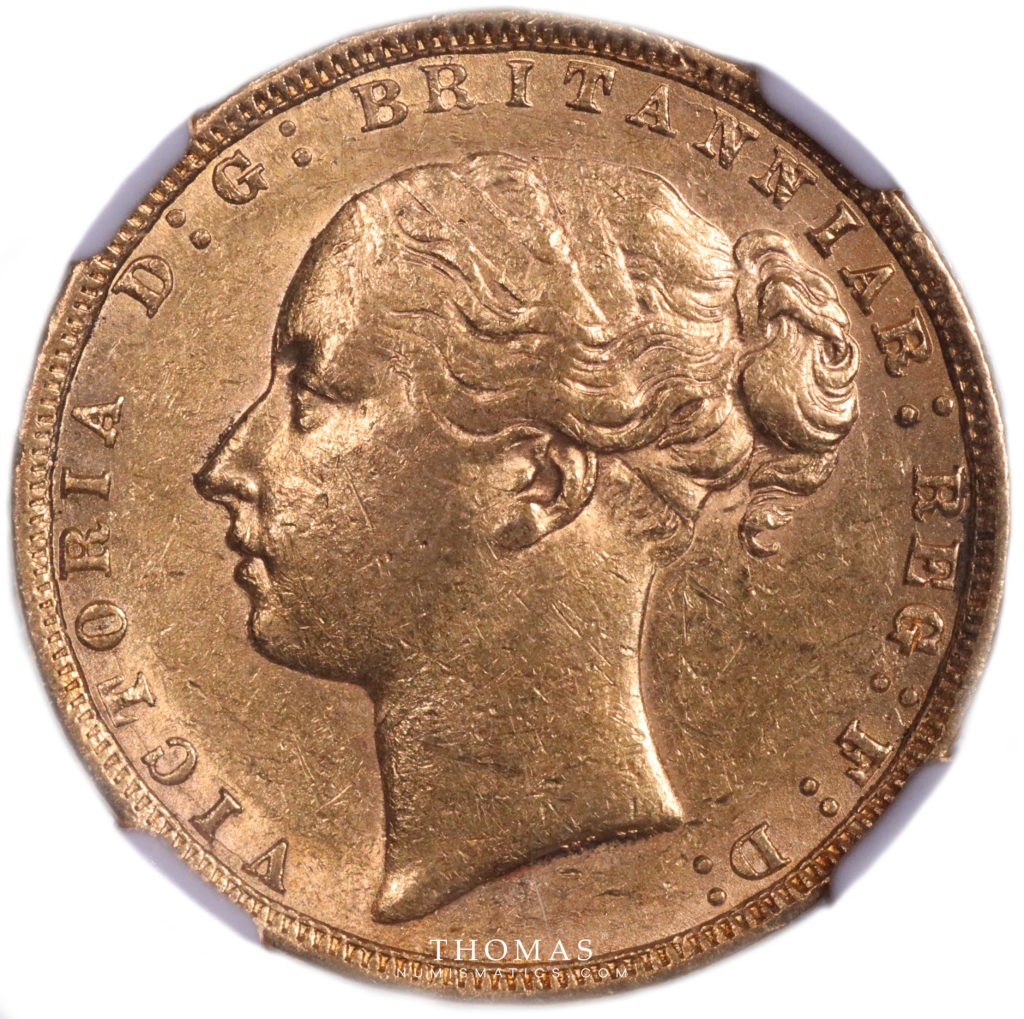
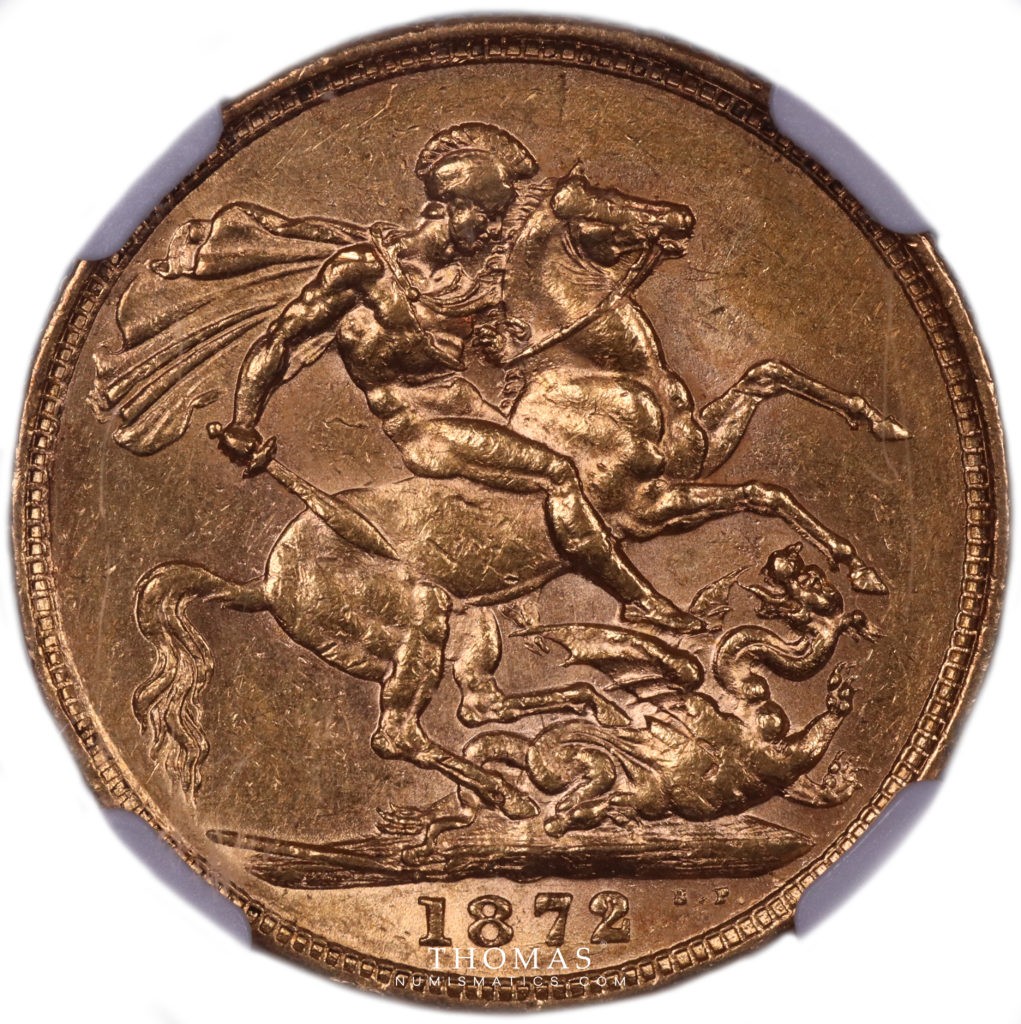
History of the Sovereign
The Sovereign of the 15th century
The Sovereign is an English gold coin, created under the impulse of King Henry VII. After an exile of 14 years in Brittany, he regained his place as king in 1485 and decided to create a currency to restore his reputation and establish his power. He wanted to assert the power of the kingdom to Portugal and Spain, the enemy European empires. Four years later, in 1489, the first gold Sovereign was struck. The currency must show on the obverse the profile of the sovereign, hence its name. The reverse depicts St. George slaying the dragon.
This version will be struck until 1603 at the end of the reign of Elizabeth I. The United Kingdom, then disunited, lost its power to France and its golden Louis.
The Sovereign of 1817
The more modern version of the Golden Sovereign, still minted today, reappeared only 200 years later, in 1817, under the reign of George III. England was once again in the limelight and the government took advantage of the opportunity to reorganize the Royal Mint.
The Sovereign continued to convey the image of a powerful British Empire.
It became a popular circulation coin, mainly used in international trade, much like the dollar today. Given the geographical extent of the empire, it was minted around the world, in the colonies, and in large quantities, between 1850 and 1932. First in Australia, then in Canada, South Africa and India. In total, it is estimated that over 1 billion coins were minted.
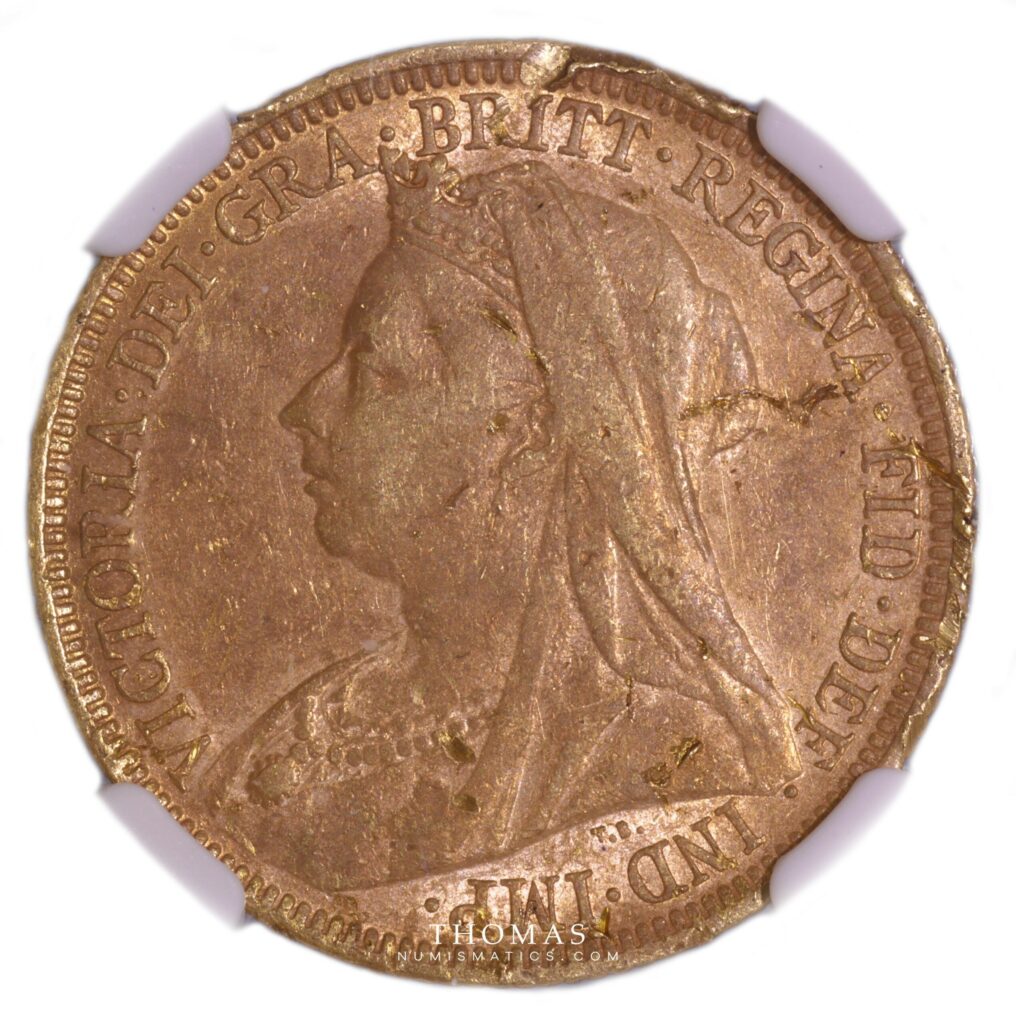
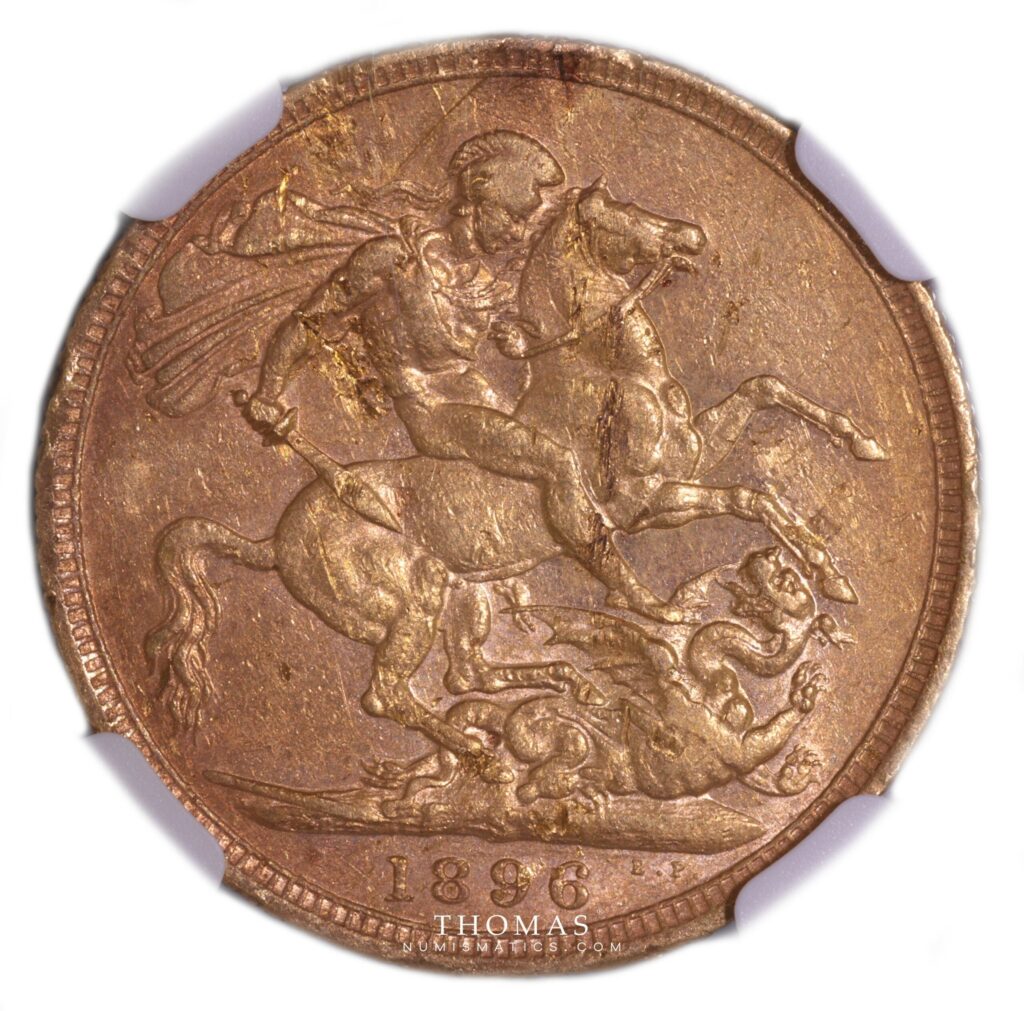
In 1914, the Gold Sovereigns were withdrawn from circulation to help Britain finance the First World War. However, the National Bank of London continued to mint Sovereigns until 1917 and the Commonwealth workshops until 1932. In 1957, it resumed due to demand. It continues to this day, but only to issue bullion and collector coins. Although the Sovereign is no longer in circulation, it is still legal tender in the UK.
The characteristics of the Gold Sovereign
In 1817, when it was decided to strike gold Sovereign coins again, the great monetary reform introduced new technical characteristics. A Sovereign will be equivalent to one Pound Sterling or twenty shillings, without having a face value.
It has since remained constant in its design and features. It weighs 7.899 grams, with a diameter of 22 millimeters. The coin is made of 22-karat gold, for a grade of 916.67‰. It is composed of 90% gold and 10% low copper alloy.
There are variations of the gold sovereign:
- the half-sovereign, weighing 3.99 grams and with a diameter of 19.30 mm;
- the quarter sovereign, which weighs 1.997 grams and is 13.50 mm in diameter;
- the double sovereign, 15.98 grams, 28.40 mm in diameter;
- the quintuple sovereign, 36.02 grams, 39.94 mm in diameter.
Its obverse always depicts the profile and name of the sovereign on the throne with the various kings who succeeded:
- George III (1817-1820)
- George IV (1821-1830)
- William IV (1831-1833, 1835-1837)
- Victoria (1837-1901)
- Edward VII (1901-1910)
- George V (1910-1936)
- George VI (1936-1952)
- The Queen Elizabeth II (depuis 1952)
Within the same reign, the portraits evolve according to the age of the monarch. They are sometimes struck bareheaded, head laureate, young, old, etc.. In 2020, there were seventeen different coins.
The reverse side of the coin is slightly modified, not on the theme which remains the same, but on its manufacture. The Italian engraver Benedetto Pistrucci was asked to draw a new version of the famous St. George slaying the dragon. His initials “B P” are visible on the Sovereign.
If you are interested in this type of coins, know that our shop regularly offers Gold Sovereigns for sale.
Sources :
Bdor
Wikipédia
Pièce Souverain or
Au Coffre
